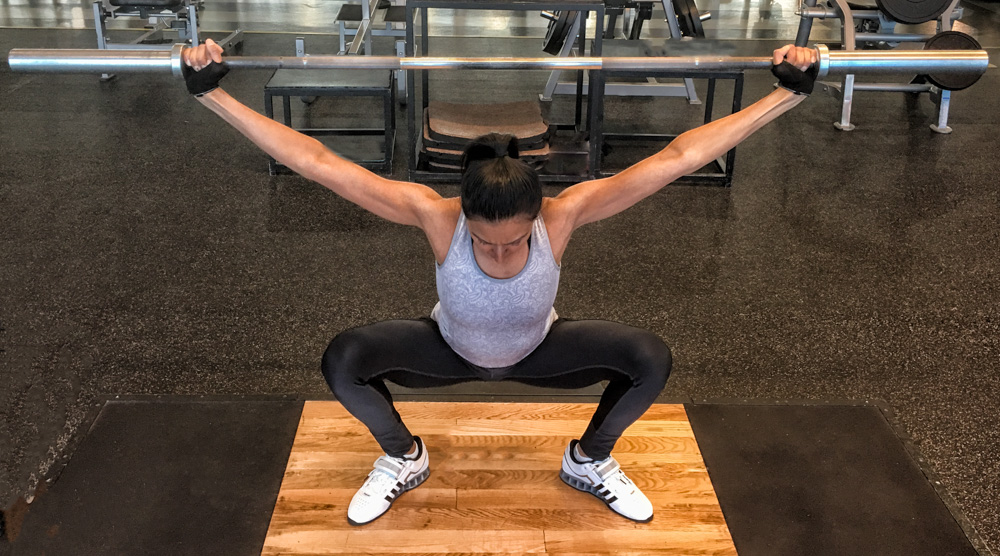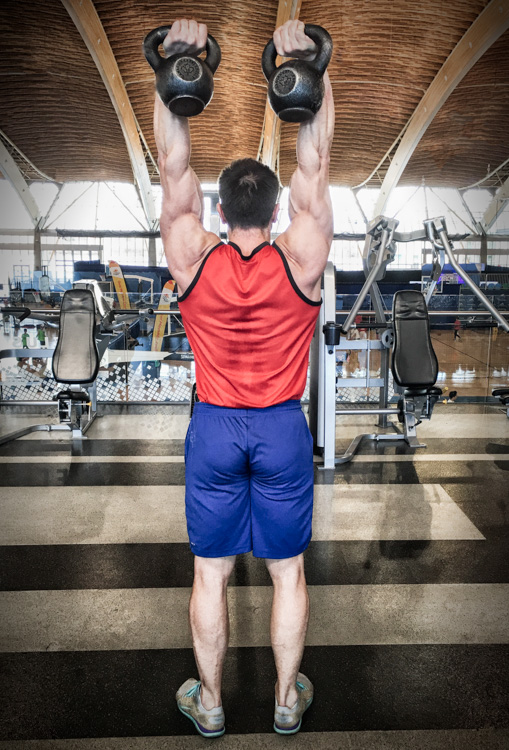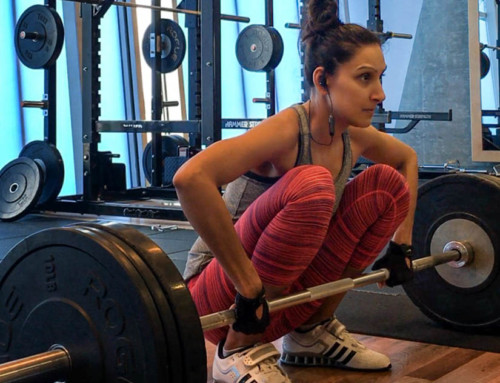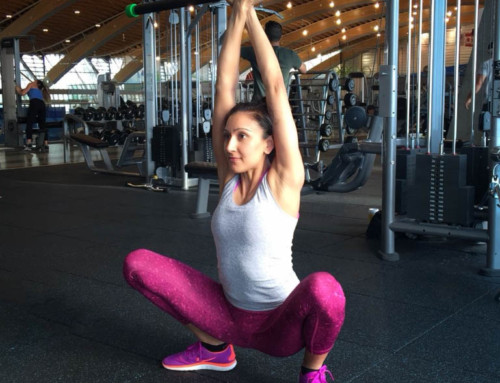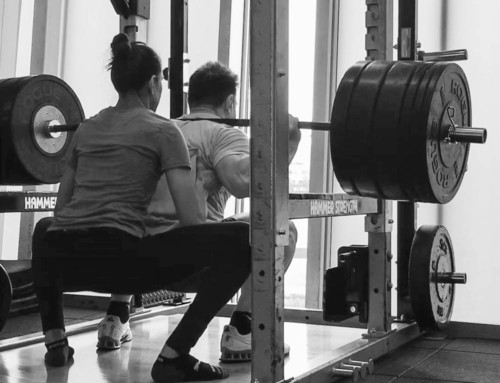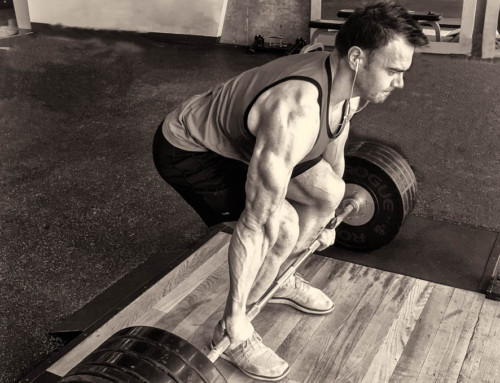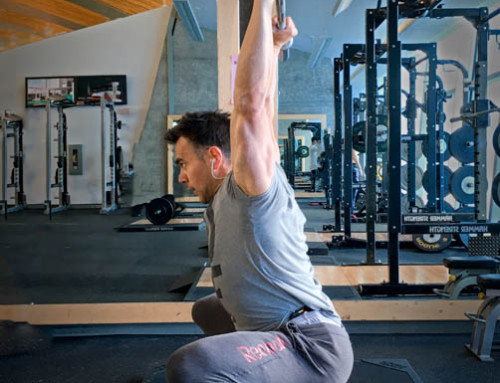As a society, we are continuously looking for the ultimate answer within fitness and nutritional categories. With increased popularity of Crossfit, the awareness for “functional training” has taken precedence. At S&S, we wholly agree with the importance of training movements. However, there are number of different exercises, definitions, and points of view as to what constitutes functional training which need to be cleared up.
Sorting thorough all this information can be overwhelming and even confusing to an average reader, who’s looking to improve their health. In this article, we’ll discuss what constitutes functional training and the simplest ways to incorporate it into any exercise routine.
What is Functional Training?
Functional training is a style of training designed to imitate natural body movements, improving them as a result. These movements are often referred to as “functional movements”. Functional movements are body movement that we perform on daily basis like: walking, sitting down, standing up, picking things up, carrying things, placing things down, stepping up and down. These simple daily tasks are the product of personal body mechanics engaging multiple muscles, joints and nerves that produce movement and balance.
Push, Pull and Carry
Functional movements can further be summarized into three categories: Push, Pull and Carry.
- Push and Pull are further divided into body planes that engage specific joints in order to produce desired motion. There are upper and lower body Push and Pull. The upper body also hosts the shoulder joint—most complex joint in the body. Therefore, we can further subdivide upper body Push and Pull into—Horizontal and Vertical Planes. If this sounds familiar, it should be, as we at S&S continuously promote exercises mimicking these type of movements.
- The Carry is another category of importance as it produces movement and balance by engaging core stability.
If we look closer, any type of activity involves a combination of upper and/or lower body pushes, pulls and carries.
The Principle of Specificity
Principle of specificity states that specific training produces specific body adaptations. The more specific the training, the more specific the results. By performing work through exercises that are either part of or close resemblance to the goals, the body begins to develop itself becoming more efficient.
For example, if your goal is to become a better swimmer; then you need to swim, work on swimming technique, styles and dry-land exercises. To train for a marathon or a triathlon, different training styles apply but the principle of specificity remains true towards achieving goals. Specificity further applies to not only what exercise is performed, but how it is being performed. Along with movement pattern, things like joint range of movement, velocity of contraction and type of muscle action all affect the result and body’s adaptability.
For goals of improving functional movements, training would encompass compound (multi-joint) exercises of pushes, pulls and carries that engage core stability and balance. Though many argue what training constitutes to be “functional” it all comes down to personal goals. For example, functional training for a runner will look different than the exercise path for a weightlifter.
Adaptability to functional training, like any training, requires application of physical stress through exercise, and sufficient rest times for recovery and super-compensation to take place. Recovery is a vital part of the overall progress equation where the body goes through majority of repair, replenishment of spent energy and compounds, and restoration of involved systems.
Main vs. Accessory Lift Considerations
Push, pull and carry movements should be the foundation of any functional training program. As we continuously utilize these patterns throughout our daily tasks, they are essential for overall health and body performance.
The training should be separated into Main and Accessory lifts.
- The main (aka primary) lifts are the compound exercises that utilize Push and Pull movements. These exercises place physical stress on the body, engaging numerous muscles and joints to produce force. Abdominal wall and trunk stability is a big part of an overall process by transitioning momentum or stabilizing the lift itself through pushing or pulling resistance against stable surface. The main exercises should follow the standard progressive overload model, aligning with personal goals designed to improve specific biomotor abilities and overall body functionality.
- The accessory (aka secondary) lifts are designed for providing more attention to lagging body parts within primary lifts. Compound lifts engage numerous muscle groups, some engage as primal movers while others contract in supportive and stabilizing roles. To improve a specific movement, each participating body part needs to contribute to overall force generating cause. Practicing movement patterns identifies imbalances that can be addressed through increasing training volume within those lagging body parts with additional assistance exercises. Accessory lifts can be (but do not have to be) isolating type exercises, utilizing one joint and applying stress to a specific muscle group or region. Accessory work is important, as it focuses on weak points within the body. These exercises improve muscular imbalances and enhance overall performance, as well as decrease potential for injuries. As the saying goes, “you’re only as strong as your weakest point”. The options for accessory work are vast, as compound lifts either in bi-lateral (both sides of the body) or, unilateral (one side) format can also be used for desired results.
For example: During a barbell squat (main lift), the lifter has trouble hitting full depth and begins to bend forward at the waist line during eccentric (negative) contraction. This may be due to several issues, but for the sake of the example, lets assume that hip and ankle mobility are not the issues. The knees also do not cave inwards during the push (concentric – positive contraction) of the lift. The likely culprit within this example is weak lower back, and it should be addressed during accessory work through exercises targeting posterior chain, lower back and core stability.
Carries are excellent options for either main or accessory work and are considered to be most effective functional exercises. Carrying movements greatly engage core and trunk stability attempting to maintain posture and balance during forward gait.
Program Design and Training Applications
Considering and applying the above information, the exercises can be combined into following groups:
Main-Push:
Squats (variations)
Bench Press
Overhead Press
Dips
Push-Ups
Main-Pull:
Deadlifts (variations)
Rows (variations)
Pull-Ups
Carries:
Any type of weighted carry for distance. The weight can be unilateral or bi-lateral, and can be placed in various positions (one hand in a clean or overhead position, other can be a carry). There are many carry variations utilizing different type of equipment, gait speed, intensity and position of the loads and distance travelled. The most popular carries are Farmer’s Walks.
Accessory:
As mentioned earlier, accessory work should target lagging body parts in order to improve balance and performance. These can include isolation or compound exercises, as there is no right or wrong method. The best strategy is to experiment in the gym with variations in order to find the right formula. Accessory often includes attention to posterior chain including lower back, lats, additional abdominal work, calves and hamstrings. Often triceps and biceps are also targeted during accessory lifts.
Furthermore, what can be a main lift for one person, will be a better fit as an accessory for another. Again, this is all about knowing your goals and implementing some exercises over the others in order to achieve success.
Basic Programming for Functional Training
Push Day
Push Day – Main Lifts:
Barbell Squats
Barbell Overhead Push Press
Barbell Bench Press
Push Day – Accessory Lifts:
Cable Triceps Extensions
Push – Ups
Farmer’s Walk (2 kettlebells or dumbbells) – 50 meters
Pull Day
Pull Day – Main Lifts:
Barbell Deadlifts
Barbell Bent Over Barbell Rows
Chin – Ups
Pull Day – Accessory Lifts:
Hyperextensions
Resistance Band Pull Aparts (RBPAs)
Hanging Leg Raises
Final Thoughts
In this world of vast opinions, latest fitness gadgets and systems, training towards better health and daily performance can quickly become complicated. To sift through the confusion we need to get back to basics. This involves foundation movements of Push, Pull and Carry that improve our daily physical abilities. No need to get fancy with stability platforms or some newly designed exercise by current celebrities. Basic compound (multi-joint) exercises that produce force while engaging core stability and balance are the proven methods of increasing body functionality. This is the basis of specificity as we apply stress to the body and generate a response—resulting in the adaptation.
When it comes to designing an exercise routine, there is no hard and fast rule, but variations according to personal goals. What may constitute as a main lift for one, may be better suited as an accessory option for another. In the end, experimentation is key.
As for us, our focus is functional training towards our best Stronger Leaner Faster Him and Stronger Leaner Faster Her Self. Click the links to learn more about our training and be sure to download our Free e-Book with 5-week of Training, plus tips on food and overall fitness.
Help us spread the word! If you found this article informative, Please Share 🙂

